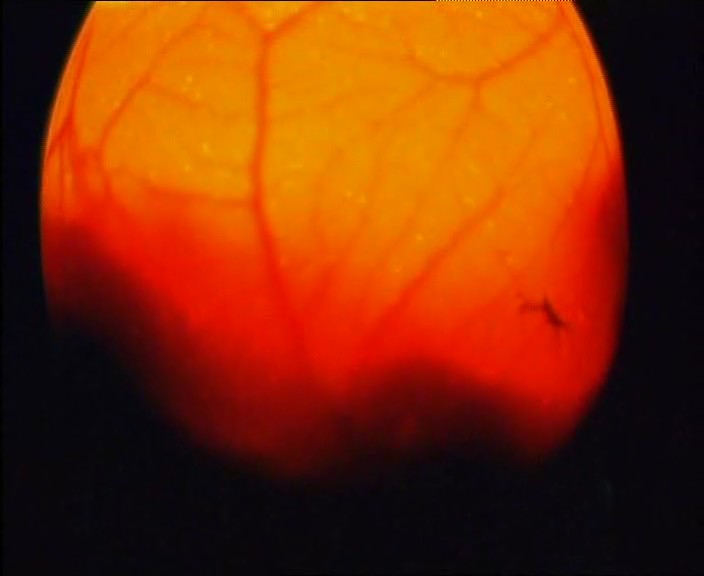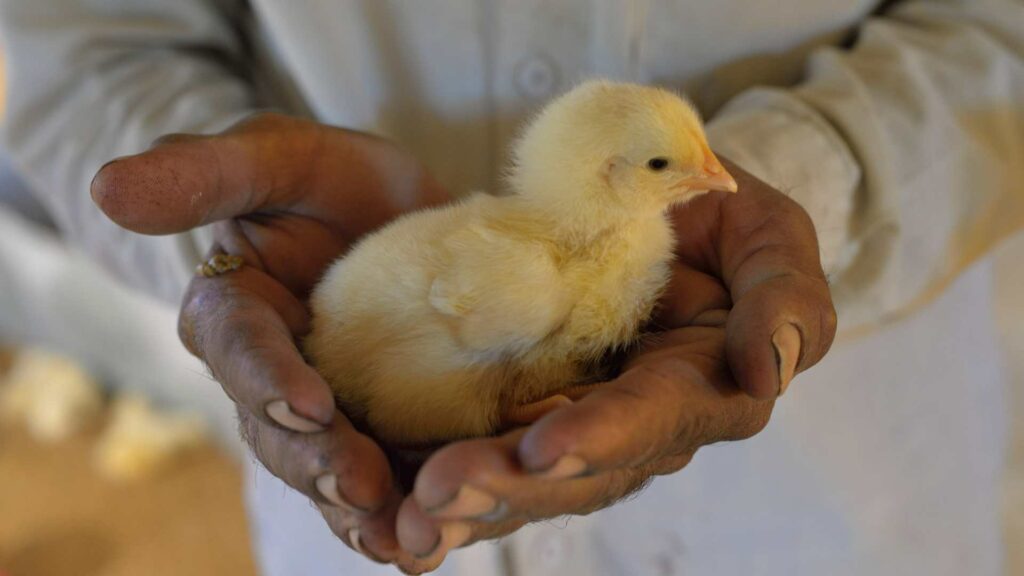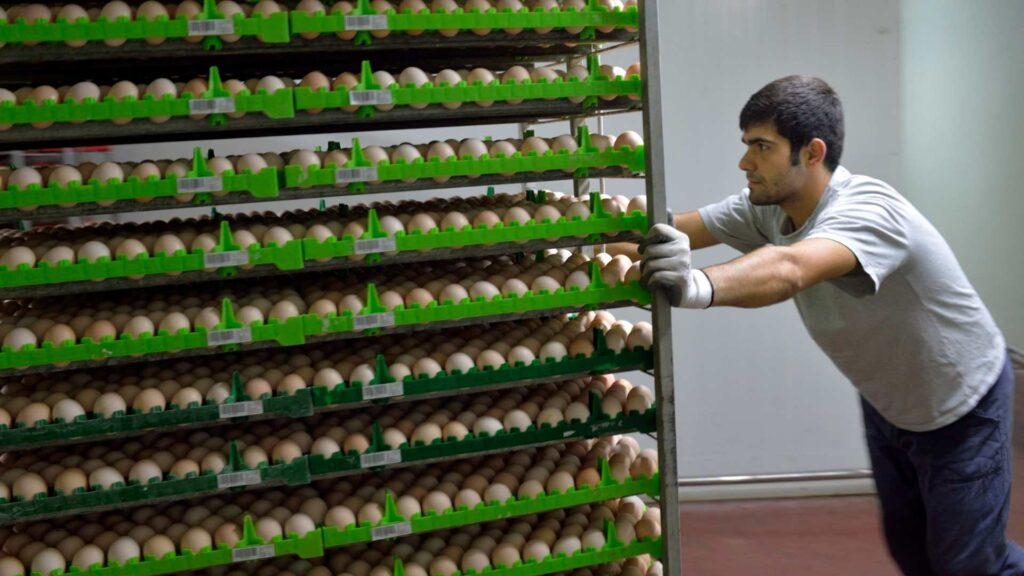Naturally, the hen lays the egg and then incubates it to produce the chick. In order to have an optimal quantity of eggs, the farmer must be able to distinguish between the different types of eggs to know what to do with them.
As soon as the hen has succeeded in laying her egg, a decision has to be made as to whether the egg should be used for consumption, whether it should produce a chick, or whether it should be disposed of. In this article you will learn how to distinguish between clear and live eggs and how to incubate them properly.
What is a live egg?
A live chicken egg or fresh egg is an egg that has just been laid and contains a viable embryo. In the case of hens, the egg is fertilised by the rooster before it is laid, which means that it contains a developing embryo.
If this egg is placed under optimal incubation conditions, it will give birth to a chick after the shell has hatched. Although fertilised, live eggs can die or become contaminated if exposed to inappropriate conditions or pathogens such as bacteria.
What is a clear egg?
A clear egg is a fertilised egg that does not contain a viable embryo. This means that the egg of the laying hen does not contain a developing embryo and does not hatch. The causes of a clear egg can be various, such as poor fertilisation, disease in the laying hen, an affected immune system, nutritional deficiency or environmental factors.
When an egg is identified as clear, it is usually removed from the incubator or brooder. As they cannot produce chicks, clear eggs are common in poultry farming and are often discarded to avoid wasting incubator resources.
Why is it important to differentiate between these two types of eggs?
It is important to differentiate between live eggs and clear eggs on poultry farms, as this helps to optimise egg production and animal health. Clear eggs do not contain viable embryos and therefore cannot be successfully incubated to produce chicks. This is why Ecat-iD created the Laser Life® machine, a technology capable of detecting clear and live eggs during transfer time.
If these eggs are not removed, they can accumulate in the incubator or nest, taking up space and increasing the risk of infection with bacteria and fungi. By identifying live eggs, however, the farmer can maximise the chances of hatching and increase their production of healthy chicks.
The main differences between clear and live eggs
Differences in appearance
A live egg contains a developing embryo that grows larger and larger over time. For example, the air chamber at the end of the egg grows larger as the embryo develops.
In contrast, a clear egg contains no embryo and its air chamber remains constant in size. In addition, the yolk of a live egg tends to be rounder and more centred, whereas the yolk of a clear egg may be flattened and moved to the side.
A different composition
Inside the shell, the composition of the clear egg and the fertilised egg is different since the clear egg does not contain a developing embryo, unlike the fertilised egg. Thus, the clear egg contains mainly water, protein and nutrients to feed the embryo that has not been able to develop.
The fertilised egg contains these same components, as well as the developing embryo which provides additional nutrients as it grows. Therefore, fertilised eggs have a slightly higher nutritional value than clear eggs.
Factors that contribute to the formation of these two types of eggs
The factors that contribute to the formation of clear or non-viable eggs on a farm can vary. In some cases, this may be due to poor fertilisation, nutritional deficiency or disease on the farm. Temperature problems during incubation or improper handling of eggs can also contribute to the formation of clear eggs.
In general, to ensure the production of viable eggs, it is important to provide a healthy and balanced diet for the hens, to monitor the incubator temperature and to handle the eggs carefully to avoid cracking or damage.
Health implications of these eggs
As a food, the consumption of clear eggs does not pose any health risks, as they do not contain a developing embryo. Although there are no negative health implications from eating live eggs, it is important to note that they are not intended for consumption.
However, their identification is important in the poultry industry to avoid wasting resources and time by incubating clear eggs. In addition, the presence of a large number of clear eggs may indicate fertility problems in the breeding flock and require adjustments in husbandry practices.
On the other hand, the consumption of contaminated eggs or eggs containing malformed embryos may present health risks, as they may be contaminated with harmful bacteria such as salmonella.
Thus, as with any food of animal origin that shows signs of contamination, ingestion of infected eggs can lead to a range of health problems from poisoning to death for people with weakened immune systems.
The importance of proper egg selection and handling
Proper egg selection and handling is very important to ensure the quality of the final products. Eggs should be chosen carefully, avoiding those that are cracked, dirty or have stains.
Eggs should be handled with care to avoid breakage and contamination. Eggs should be stored correctly, at a cool and constant temperature, to avoid bacterial growth and quality deterioration. Proper handling of eggs can also reduce the risk of contamination with pathogens such as salmonella.
Each of these two types of eggs has different implications in terms of composition, but also in terms of ingestion risk. In addition to knowing the risks and recommended practices for handling eggs, the farmer must be able to distinguish and separate the different types of eggs from infected eggs.
In order to have a large number of healthy eggs, the farmer should avoid incubating unproductive eggs.






